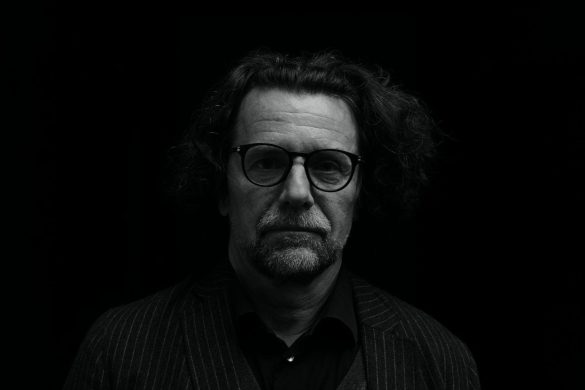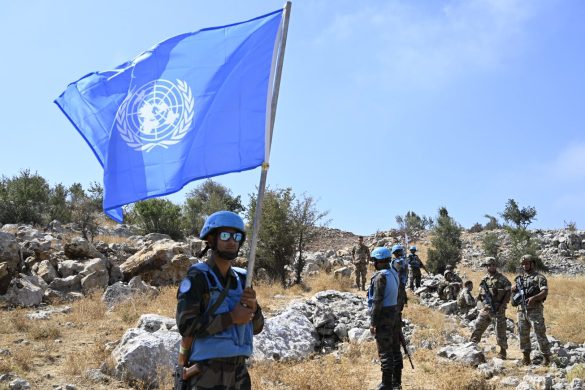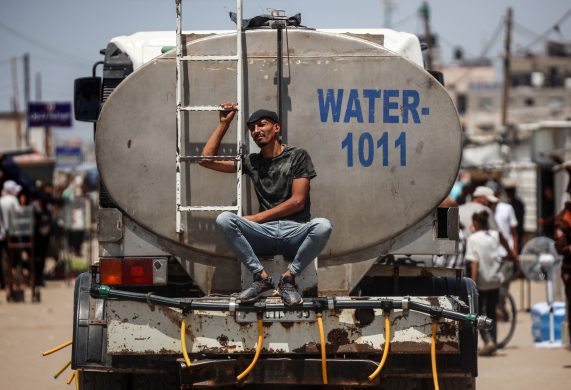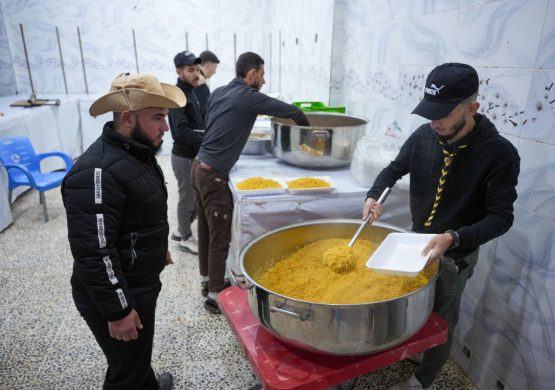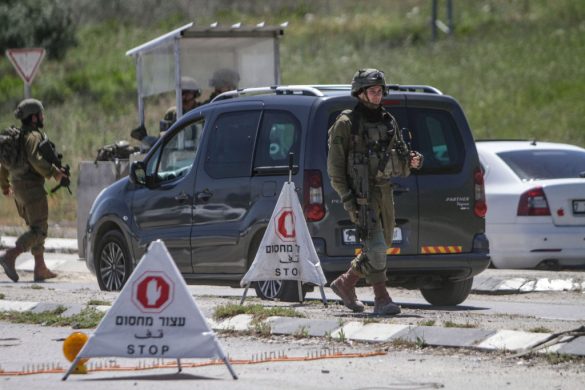Den lille italienske ø i Middelhavet udgør håbets forpost for fattige afrikanere
LAMPEDUSA, 16 June 2011 (IRIN): When Sonny Johnson left Tripoli for the Italian island Lampedusa in a wooden fishing boat, he feared he might never set foot on dry land again. But for Johnson, from a small village in eastern Sierra Leone, his extremely poor West African homeland, it was worth the risk.
– I had been working in Tripoli for four years, after travelling there overland from Freetown (Sierra Leones capital), he told IRIN shortly after arriving on the island.
– I had a well-paid job, but when the situation broke down in Libya, I started to suffer abuse (udsat for forudlempelser) because I was African. I started to get tired in my soul. Then I knew I had to leave, and I decided to try to come by boat, he explained.
– On the boat, nobody talked about where we were going. I do not think anyone wanted to jinx our arrival. We talked about other things, like family and football. All we knew was that we were going to Italy, he said.
Johnson left on a boat with 110 other migrants, among them several women and children, at 4 a clock in the morningam on 11 June. After being tracked by Lampedusa’s coastguards, the boat was escorted into port at midday the following day. – The sea was a little bit rough, but I believed we would arrive, he noted.
Johnson paid 800 US dollar (ca. 4.000 DKR). The boat captains are usually also migrants who have paid a slightly reduced rate to agents who ask them to operate the boats.
Often they have limited experience at sea and are treated like the other migrants. The boats are often impounded (beslaglagt) and a “boat graveyard” is appearing by the port.
There is also a small museum on Lampedusa where local artists have turned belongings that were previously owned by migrants – shoes, korans, photos, letters, fuel containers, life jackets – into an art collection.
Lampedusa’s sandy shores have been a landing point for migrants from North Africa for centuries. But the island was overwhelmed by a surge of more than 30.000 migrants between February and April this year. Aid workers based on the island say the situation, although difficult, has since improved.
– Lampedusa’s two processing centres are crowded but the situation is not critical, said Barbara Molinario, spokesperson for the UN Refugee Agency (UNHCR) in Lampedusa. – But logistically it is difficult when we receive large influxes, added she.
In the 10 days prior to 12 June, Lampedusa had received no boats from North Africa, but on 12 June UNHCR registered 1.500 migrants in seven boats during a 12-hour period.
As each boat arrived at the port, anxious smiles were clearly visible on the faces of the migrants. Some dropped to their knees and prayed on the edge of the dock. – There is a kind of euphoria. We cannot believe we have arrived, said Johnson.
But arriving on Lampedusa is only the first step in a registration process that can take up to one month. Of this week’s 1.500 new arrivals, 1.000 departed on 12 June after undergoing registration by Italian immigration officials and police.
– The two processing centres on Lampedusa are quite small and people need to be identified by police in a short period of time, said Molinario.
– For the migrants, that usually means long waiting hours. It can be quite harsh for them when they have to wait for an entire day to shower and change their clothes, after coming by sea all the way from Libya, added she.
Migrants are first processed by Italian police at Lampedusa’s two centres and are given hot meals, access to showers and beds. A designated ferry then transports migrants from Lampedusa to Sicily several times a week.
Next, they are allocated to holding centres in places such as Mineo, Naples or Bari, where it takes 7-30 days to receive a six-month visa.
New shoes
Læs videre på http://www.irinnews.org/Report.aspx?ReportID=92993




